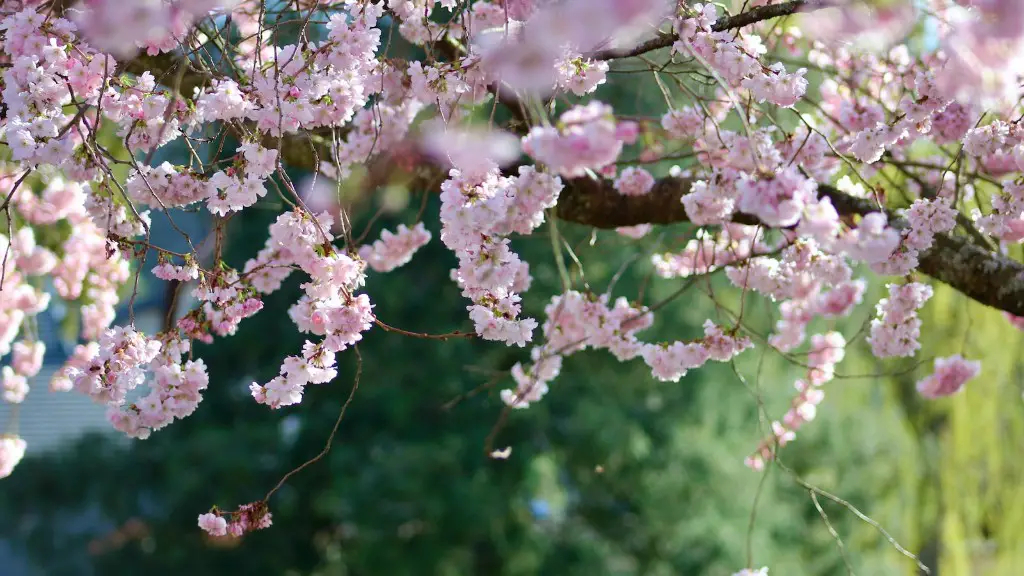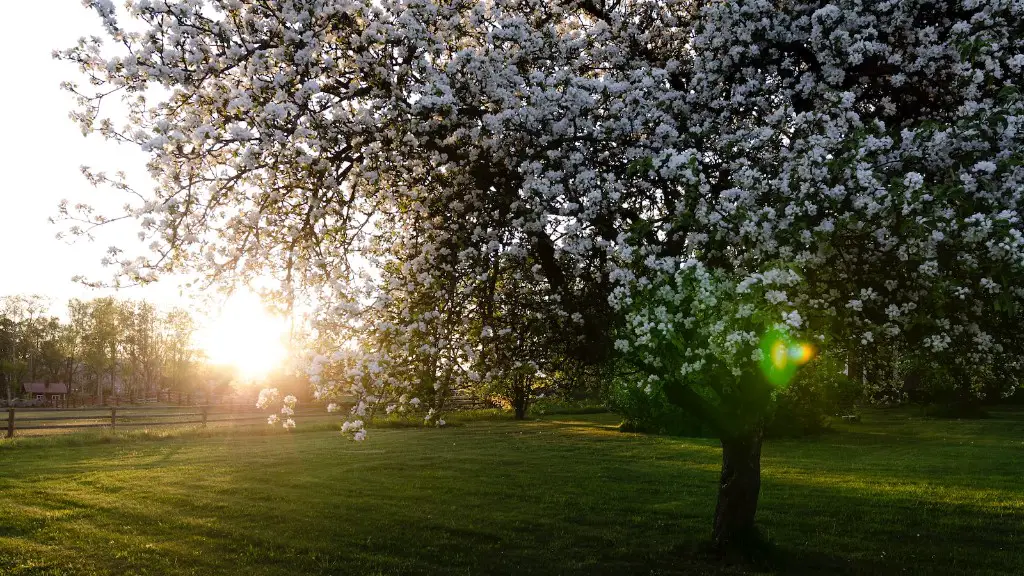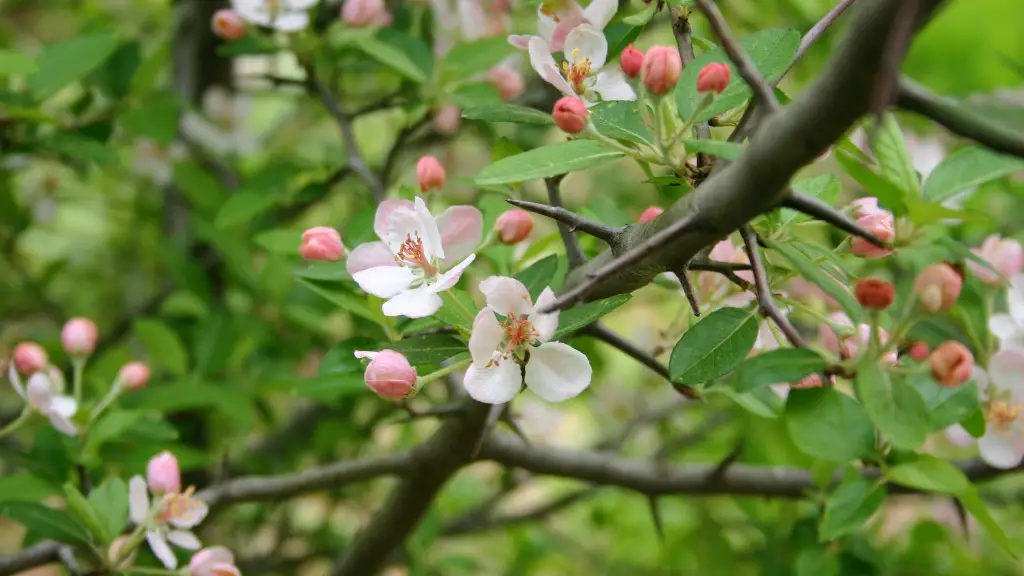What You Need To Know Before Planting An Avocado Tree
When it comes to the cultivating of fruit, avocado trees are among the most popular and useful. Avocado trees produce fruit that is both delicious and nutritious, with a creamy texture and mild, nutty flavor. They also provide perfect shade and lovely, lush foliage. Planting an avocado tree can be a rewarding experience, adding beauty and abundance to your yard.
Nevertheless, there is much that one must know when caring for an avocado tree. Make sure you understand the basics before getting started. Before planting, it is important to select the right type of avocado. There are hundreds of varieties of avocados available, with some having different growing requirements. Look for a variety that is suited to your area and the size of your outdoor space.
When planting an avocado tree, determine the best location in your garden or yard. You want to find a spot that receives at least six hours of sunlight each day and is protected from strong winds. The soil must also be well-draining, as avocado trees are susceptible to root rot. Amend the soil with organic matter such as compost or manure before planting.
When you’re ready to plant, place the avocado tree in the ground, ensuring that the root ball is covered with soil and the roots are spread out. Water the newly planted tree thoroughly and provide extra moisture during dry periods. Nutrient-rich food can also help the tree to thrive, such as fish emulsion or a liquid seaweed blend.
It can take time for an avocado tree to become established, growing slowly at first. Pruning can be done to promote growth, but only if you understand the basics. Remove the oldest, leggiest branches and maintain the overall shape of the tree. Cut back branches that are growing in an unruly direction, as well as crossed branches that are rubbing against each other.
Avocado trees thrive when they are surrounded by other plants that improve the soil quality, prevent weeds and attract beneficial insects. Planting native flowers, shrubs and trees as companions for the avocado tree will help it to flourish. Mulching or protecting the root area of the tree with a layer of mulch will also help to conserve soil moisture and keep the roots cool.
Finally, keep an eye out for pests and diseases. Common pests of avocado trees include aphids and scale insects, while avocado root rot and anthracnose are some of the diseases to watch out for. If you observe any of these issues, promptly address them with the appropriate organic treatment. Providing the basics such as adequate sunlight, water, nutrients and protection from pests and disease are key for successful avocado tree care.
Fertilization To Promote Healthy Growth
A well-fertilized avocado tree is essential for not just healthy growth but also a bountiful harvest. You can use a compost tea as a soil amendment before planting and a fertilizer in the springtime. Avocado trees need a balanced fertilizer such as a 10-10-10 mix or a slow-release Organic fertilizer for fruit trees. Fertilizing should be done according to the type and age of the tree, as well as the local climate and growing conditions. Read the instructions carefully and make sure to apply the fertilizer at the right times.
It is also important to keep a soil test meter to monitor the levels of nitrogen, potassium, and other nutrients in the soil. If the soil is deficient, apply additional fertilizer. Keep in mind that too much fertilizer can be harmful, so don’t overdo it. Another tip is to use a liquid fertilizer after each pruning session to encourage fast regrowth.
Controlling Weeds, To Ensure Plant Health
Weeds can easily cause serious damage to an avocado tree, so it’s important to control them early on. The best way to do this is to use good mulching practice. Use a thick layer of mulch to cover the soil around the tree and keep the weeds from sprouting. You can also set up a barrier to block light, further preventing weed growth. This can be done with a layer of cardboard or plastic sheeting. If weeds do appear, hand-pull them out as soon as you notice them. This can be done without harming the tree.
Another way to control weeds is to use organic herbicides such as vinegar or sodium chloride. These work by poisoning the weed, killing it on contact. Always read the instructions and apply the herbicide carefully and only when necessary. Avoid getting the herbicide on the tree or other plants in the vicinity, and wear protective clothing and a face mask when applying it.
Weeds can be a major problem for avocado trees, so make sure to stay ahead of them and take the necessary precautions.
Preventing Pests, For Effective Organic Control
Avocado trees are prone to pests, such as aphids, mealybugs, thrips, and mites. If left unchecked, they can cause serious damage to the foliage and reduce fertility. The best way to prevent pests is with companion plants. Plant companions such as marigolds, nasturtiums and garlic near the avocado tree, as they will act as natural deterrents to the pests.
Another way to keep pests at bay is to introduce beneficial insects such as ladybugs and lacewings, which can help to control the pest population. Additionally, use insecticidal soaps, horticultural oils or neem oil to get rid of the pests. These organic treatments are an effective way to keep the pests away without causing any harm to your tree.
Keep an eye out for signs of pests so that you can act quickly and protect the tree from any further infestation.
Pruning To Maintain The Growth of Your Tree
It is important to prune an avocado tree to maintain its shape and promote healthy growth. Start by pruning off any dead or diseased branches as soon as they appear, and also remove any crossed branches that are rubbing each other. This will help to prevent diseases.
When it comes to pruning young trees, it’s best to start with the longest branches first. Then trim the remaining branches to give the tree a well-balanced shape. Prune off any leaves or branches that are blocking sunlight or hampering the growth of the tree. You can use sharp pruning shears to trim the branches, and make sure to wear protective clothing and a face-covering when pruning.
In mature avocado trees, it is best to remove only a few branches at a time and to cut no more than one-third of the canopy. This will ensure that the tree does not become too thin or lose its shape. Prune regularly and be sure to keep the trunk and main branches clear, as this will facilitate good airflow.
Pruning an avocado tree can be a complex process, so make sure to have an understanding of the basics before you start.
Harvesting the Avocado Fruit
When it comes to harvesting the fruits, the timing is essential. An avocado fruit is ripe when it yields to gentle pressure and has a deep, rich color. Pay attention to the signals of your tree. If the fruits are falling off the tree on their own, it usually means that they are ready to harvest. But be patient- give the fruit time to ripen and resist the urge to harvest too early.
When harvesting, use a ladder to reach the highest branches. Cut each fruit off by hand, using a sharp knife or pruning shears. The handle of the knife should be turned away from the tree trunk and the fruit should be cut cleanly away from the branch. Don’t pull at the fruit as this can cause damage to the tree.
Avocado fruits can be stored in the refrigerator or in a cool, dry place. They can also be frozen if you have a large crop. The key is to harvest the fruit at the right time and store it properly to ensure that it tastes its best.
With the right care and attention, an avocado tree can provide you with plentiful, delicious fruits for years. Keep up the basics of watering, fertilizing, and controlling pests, and you will be rewarded with a thriving tree and delicious fruits.



